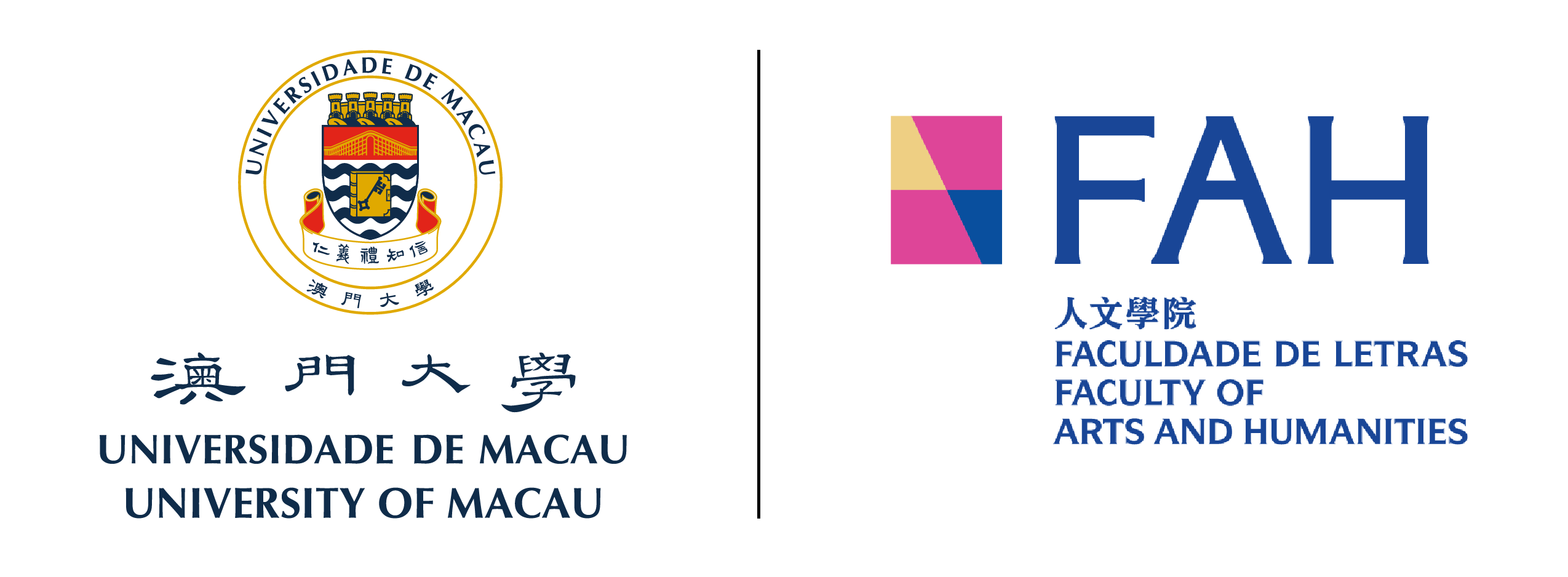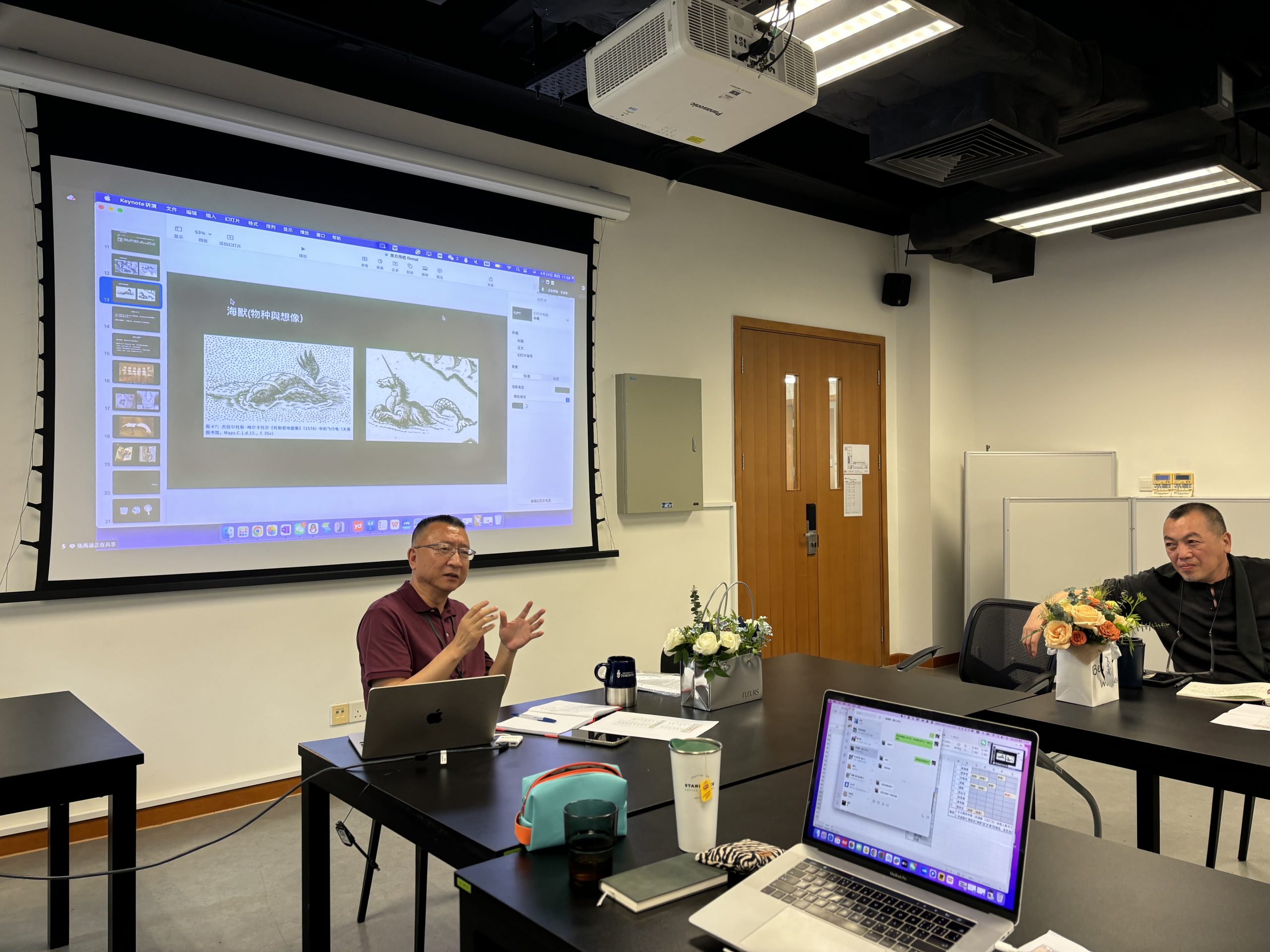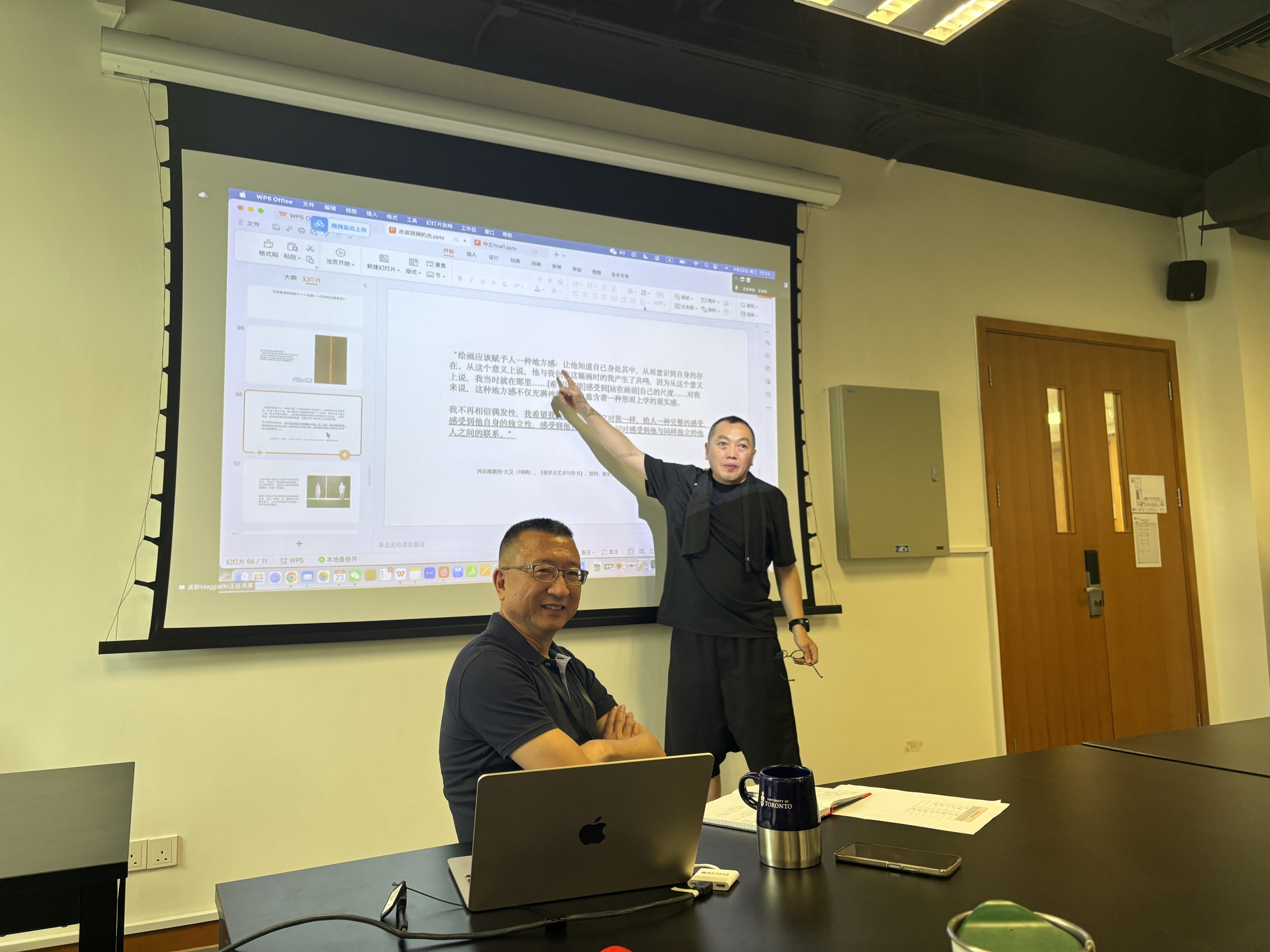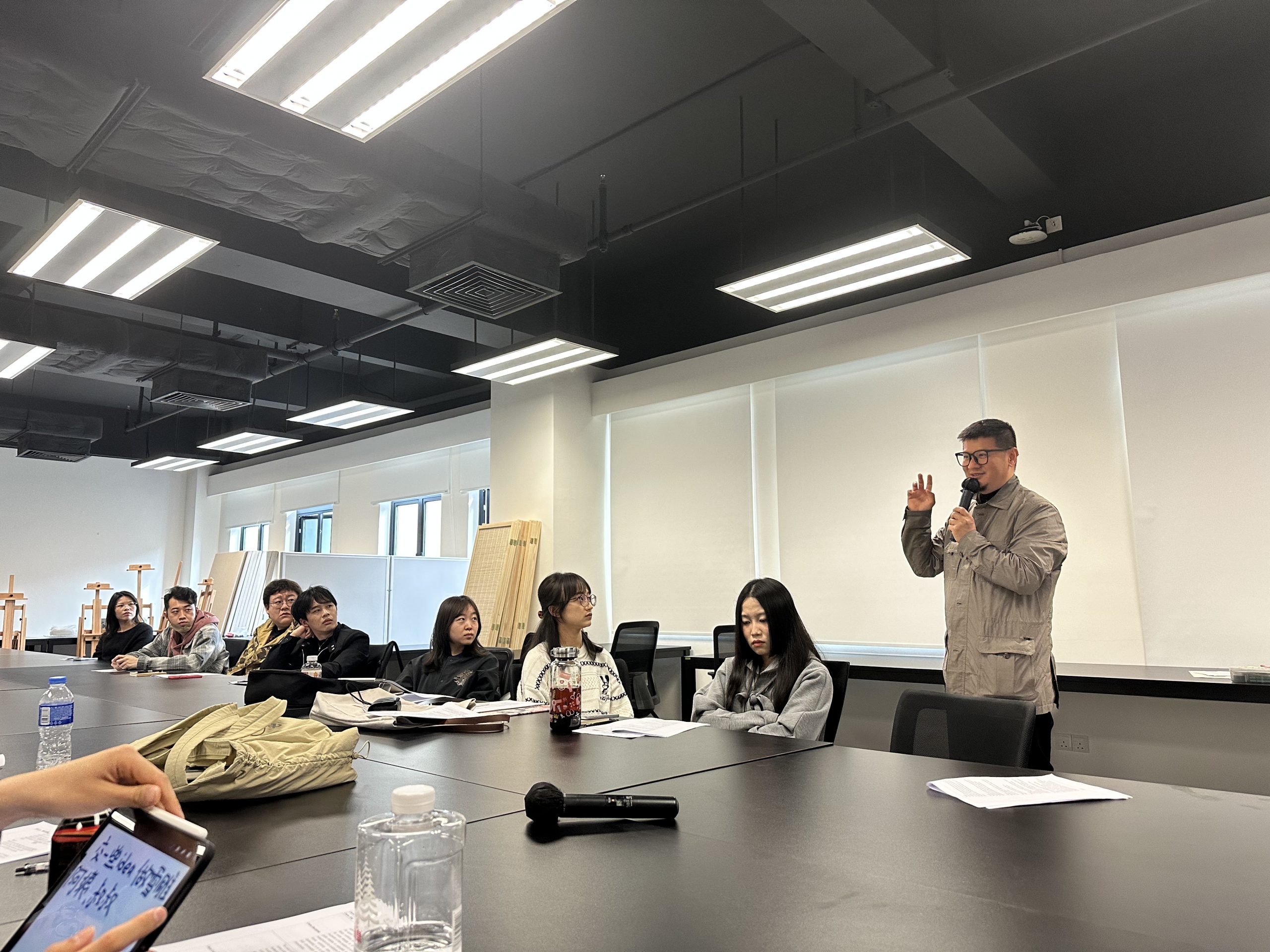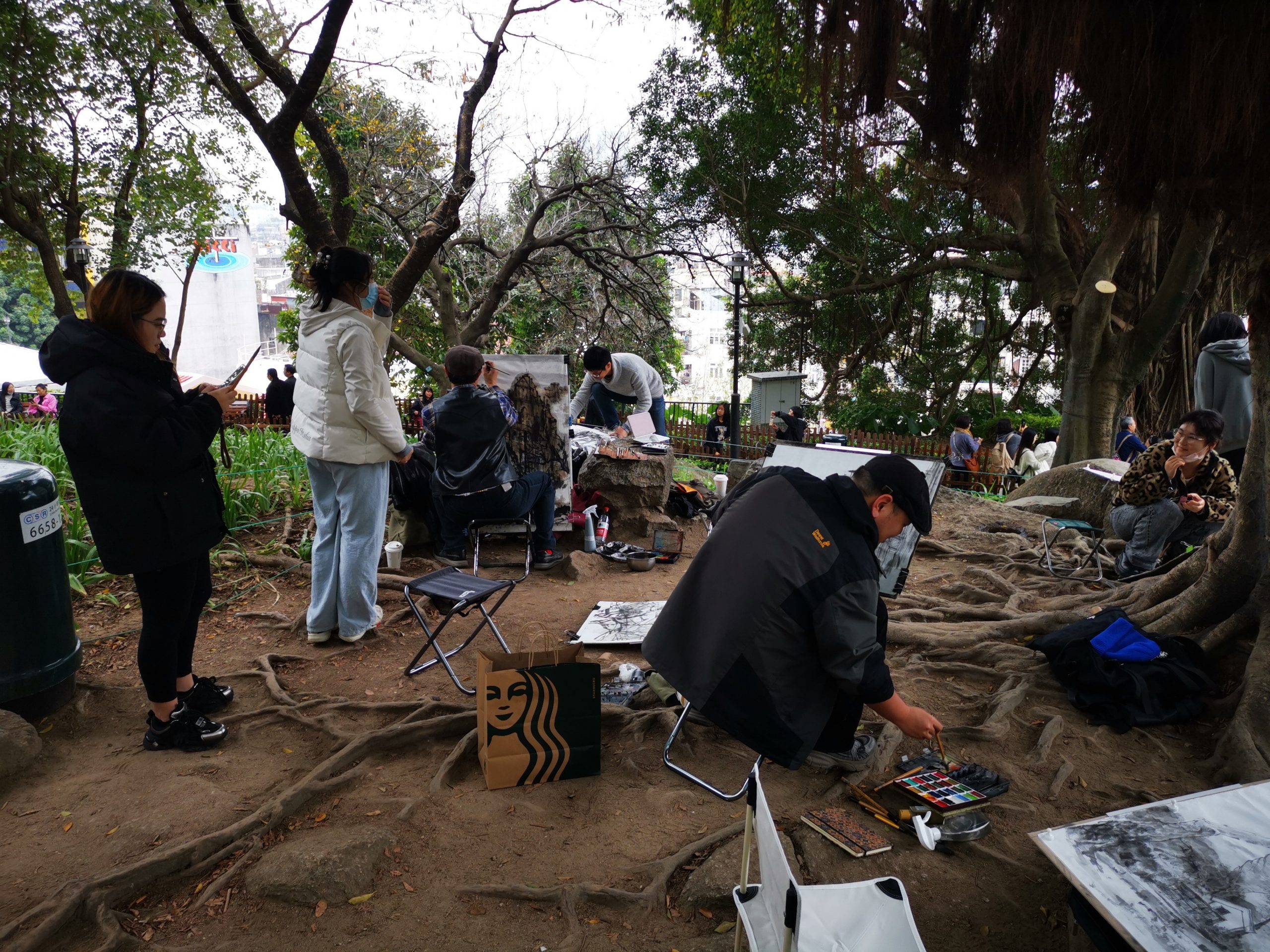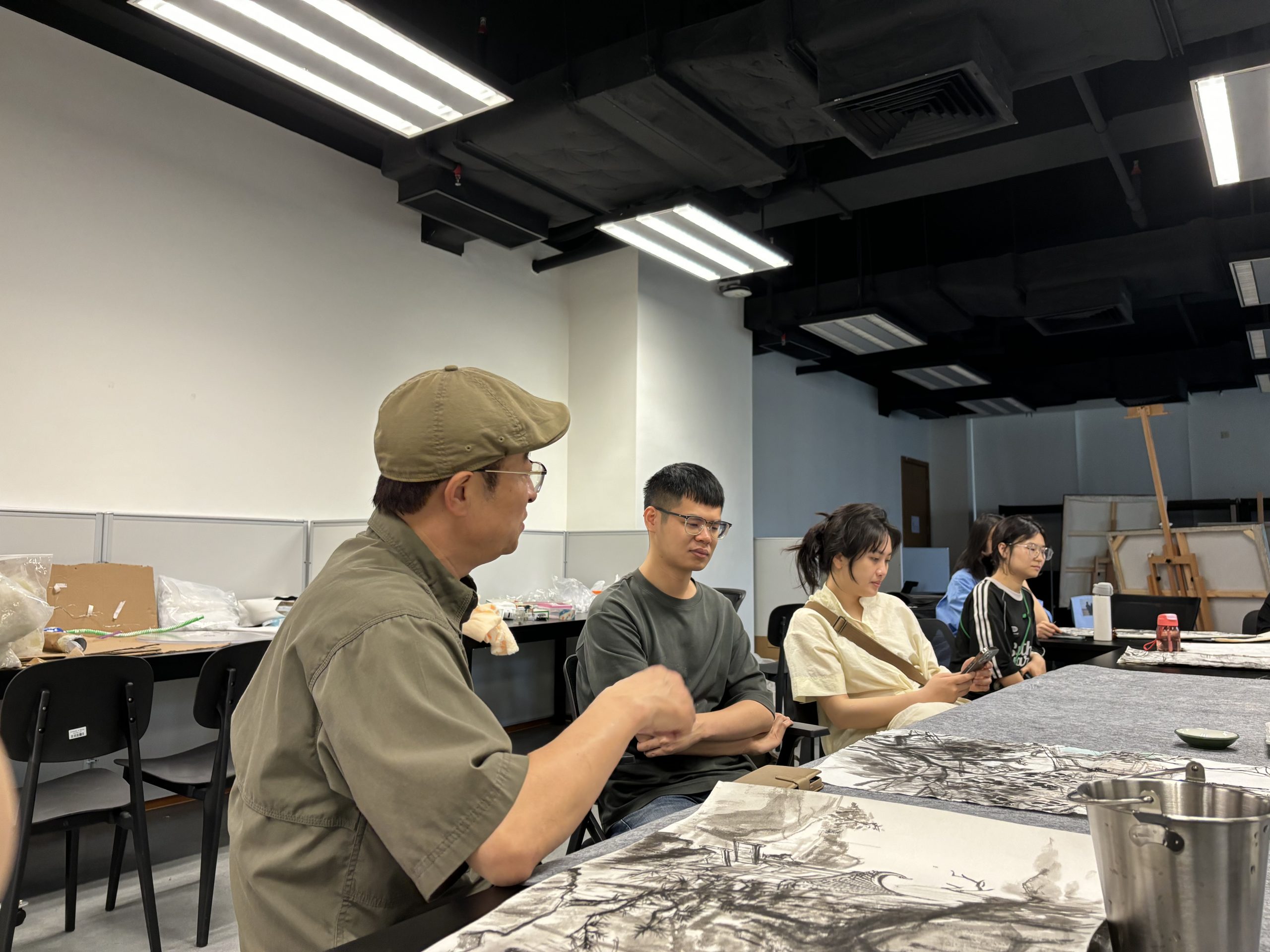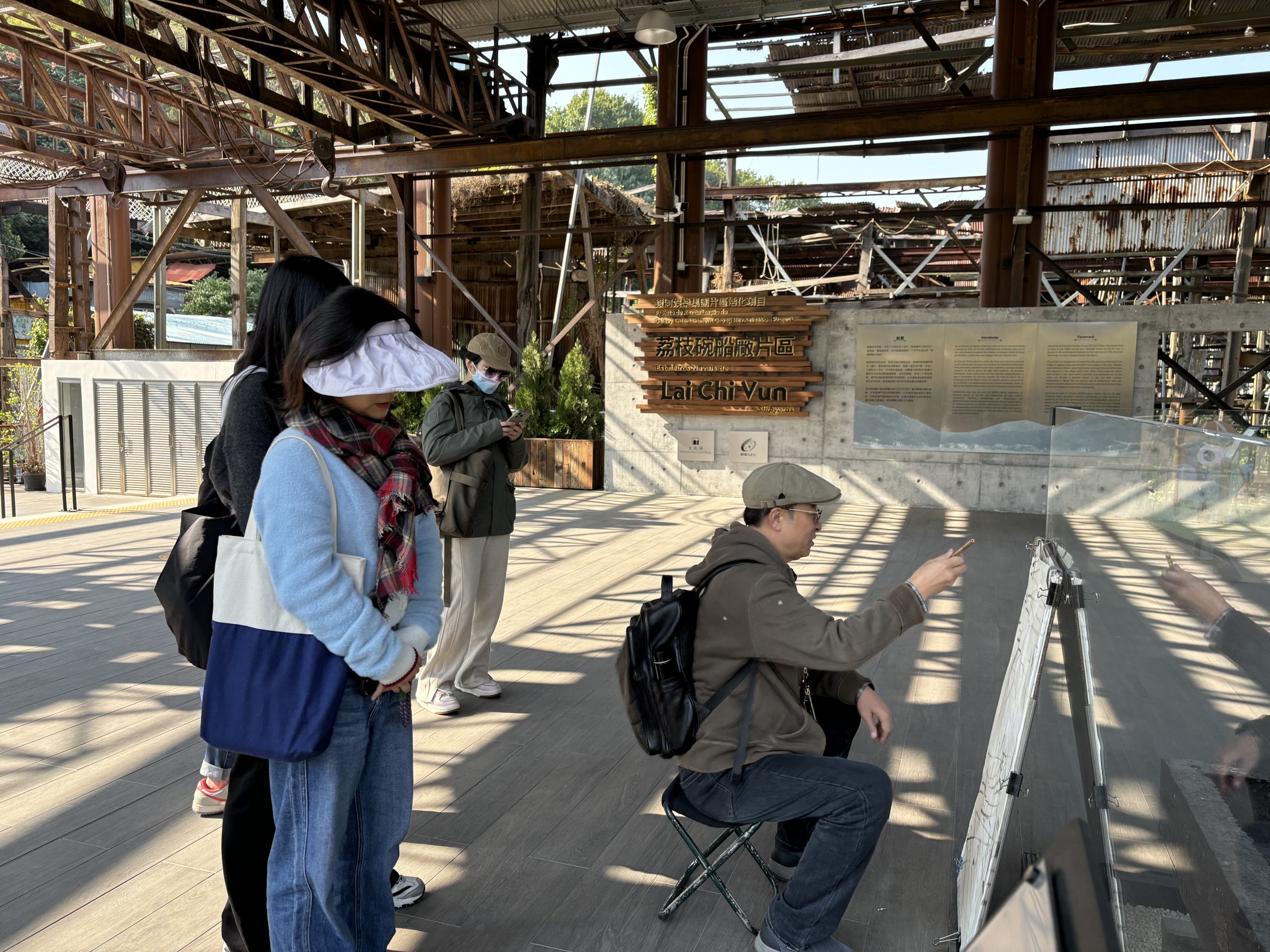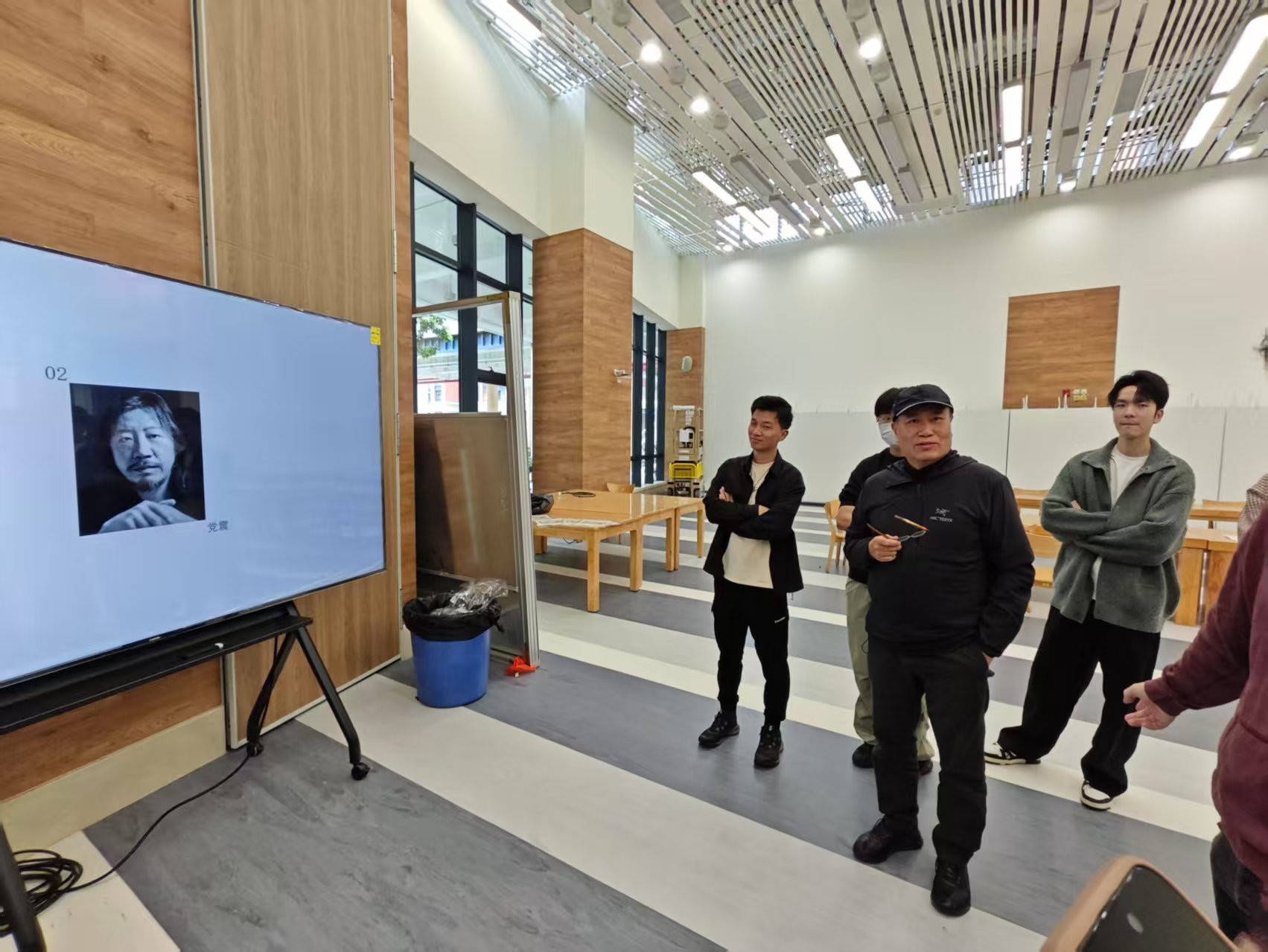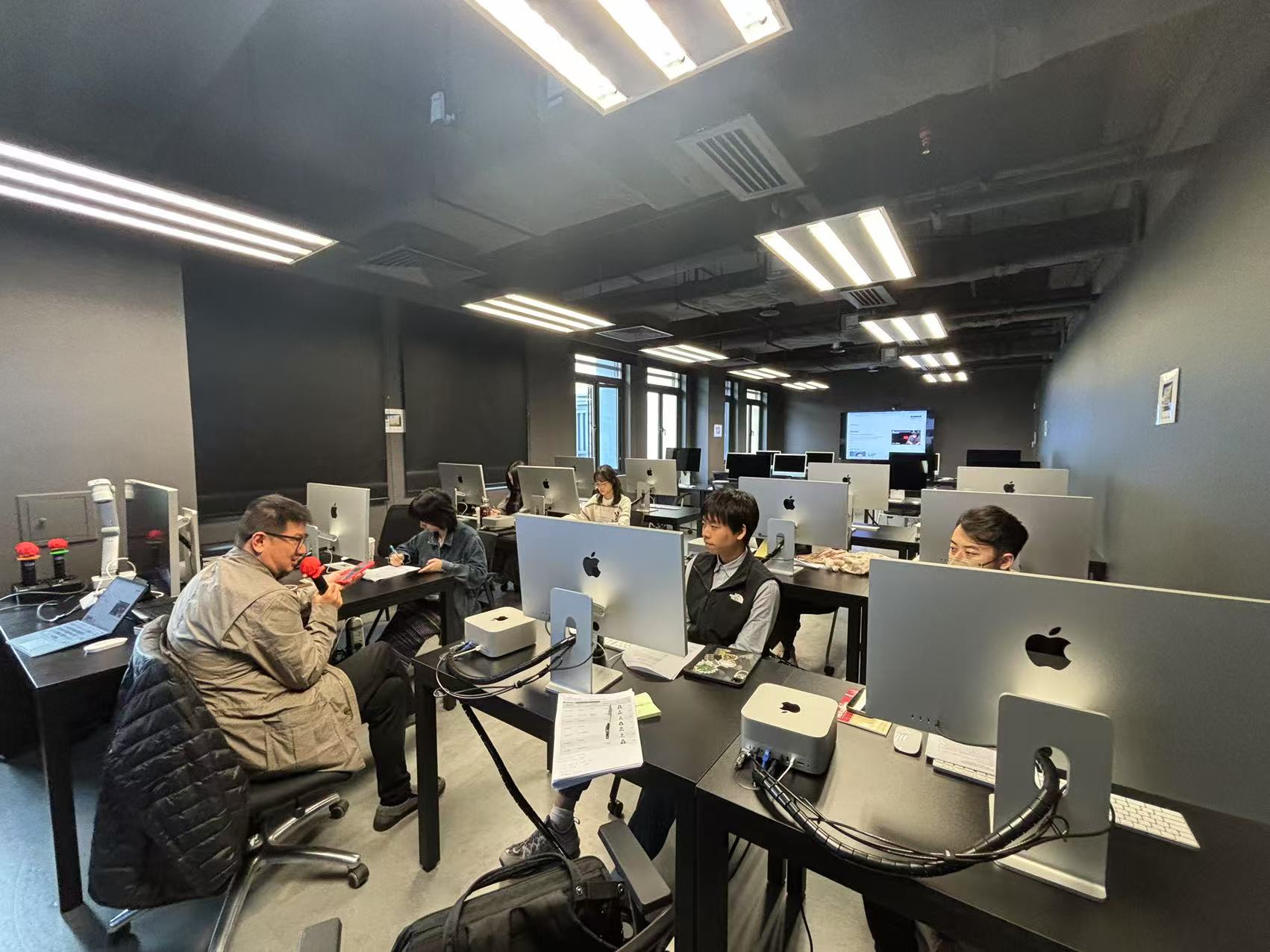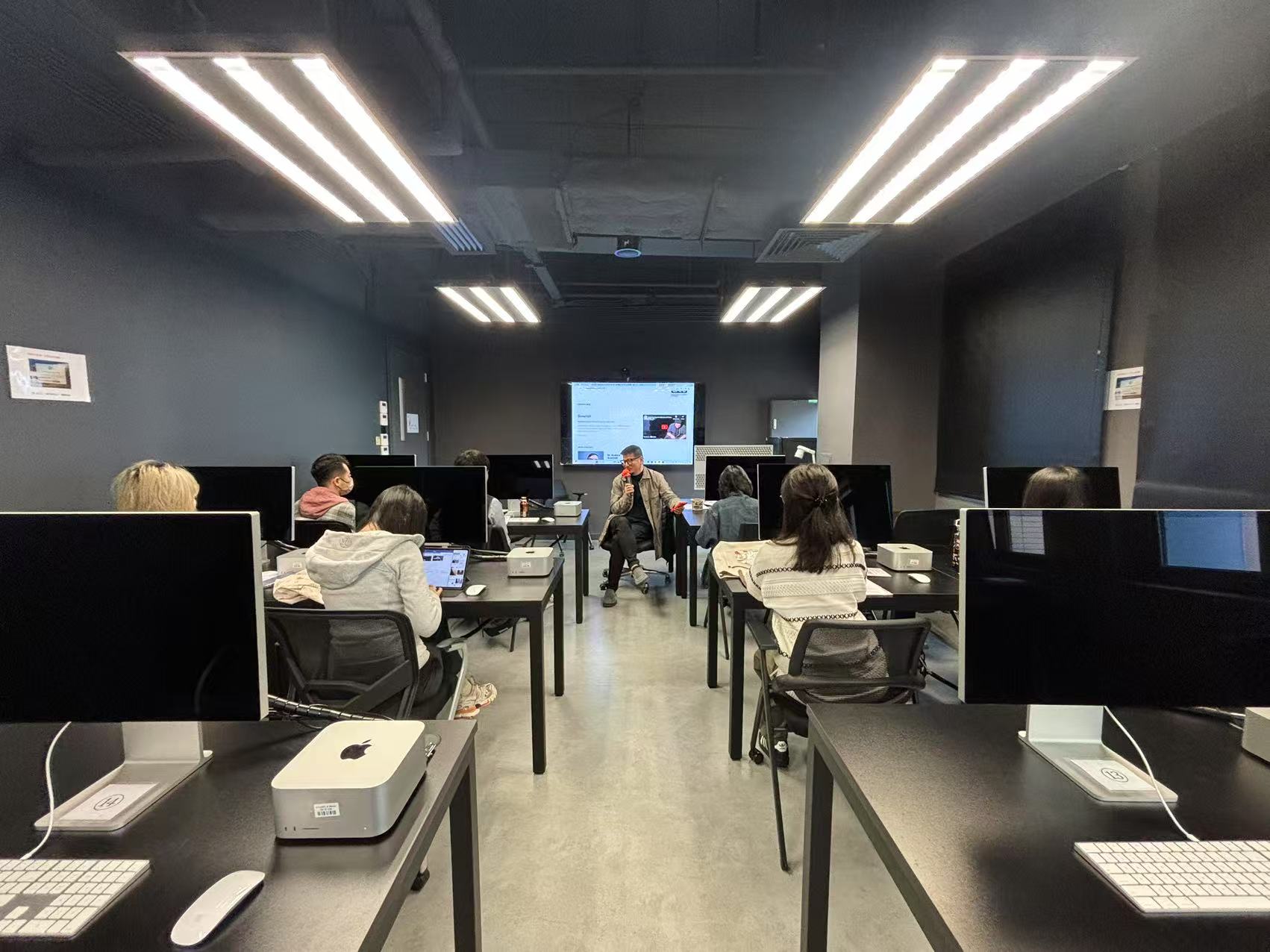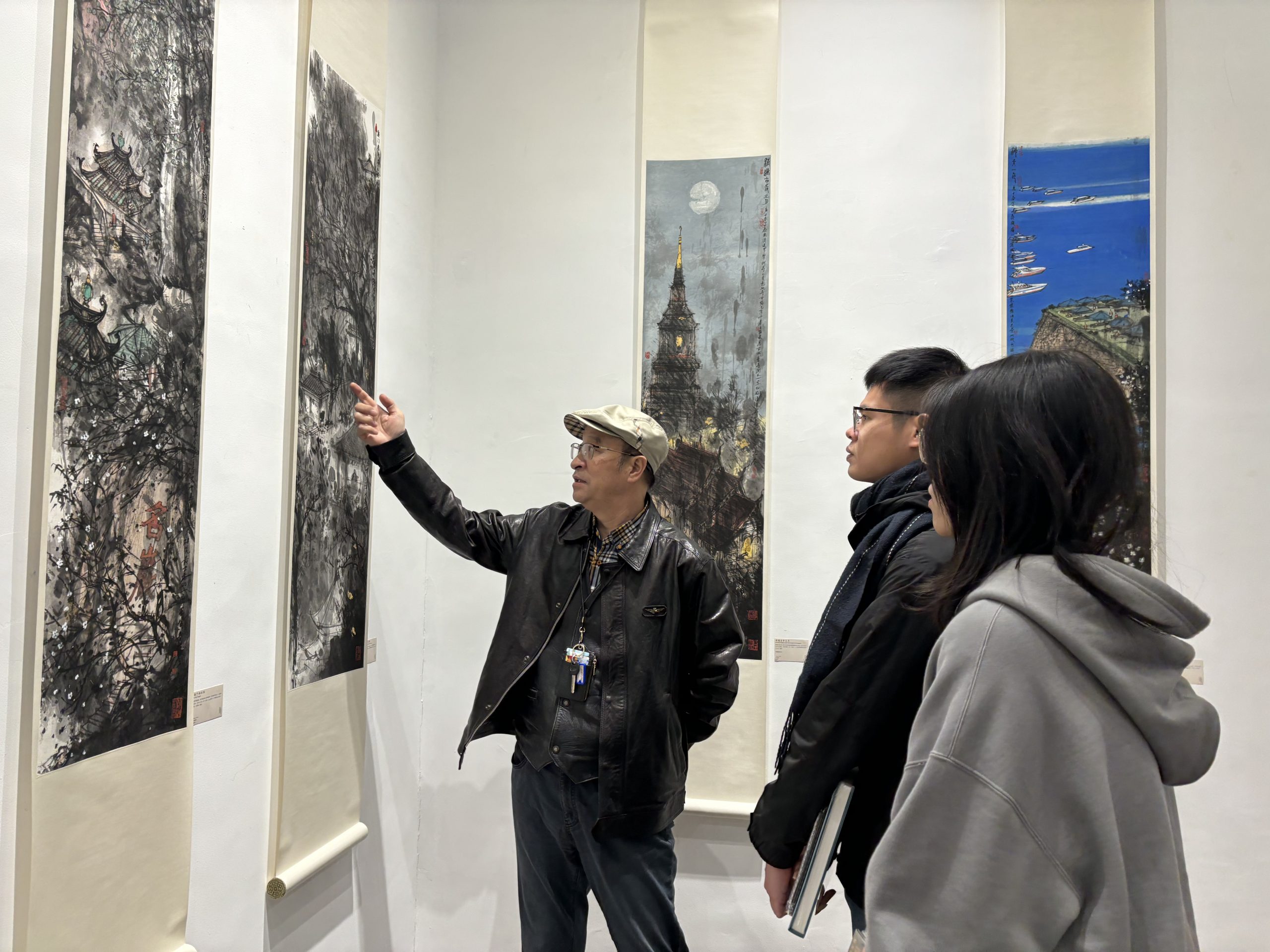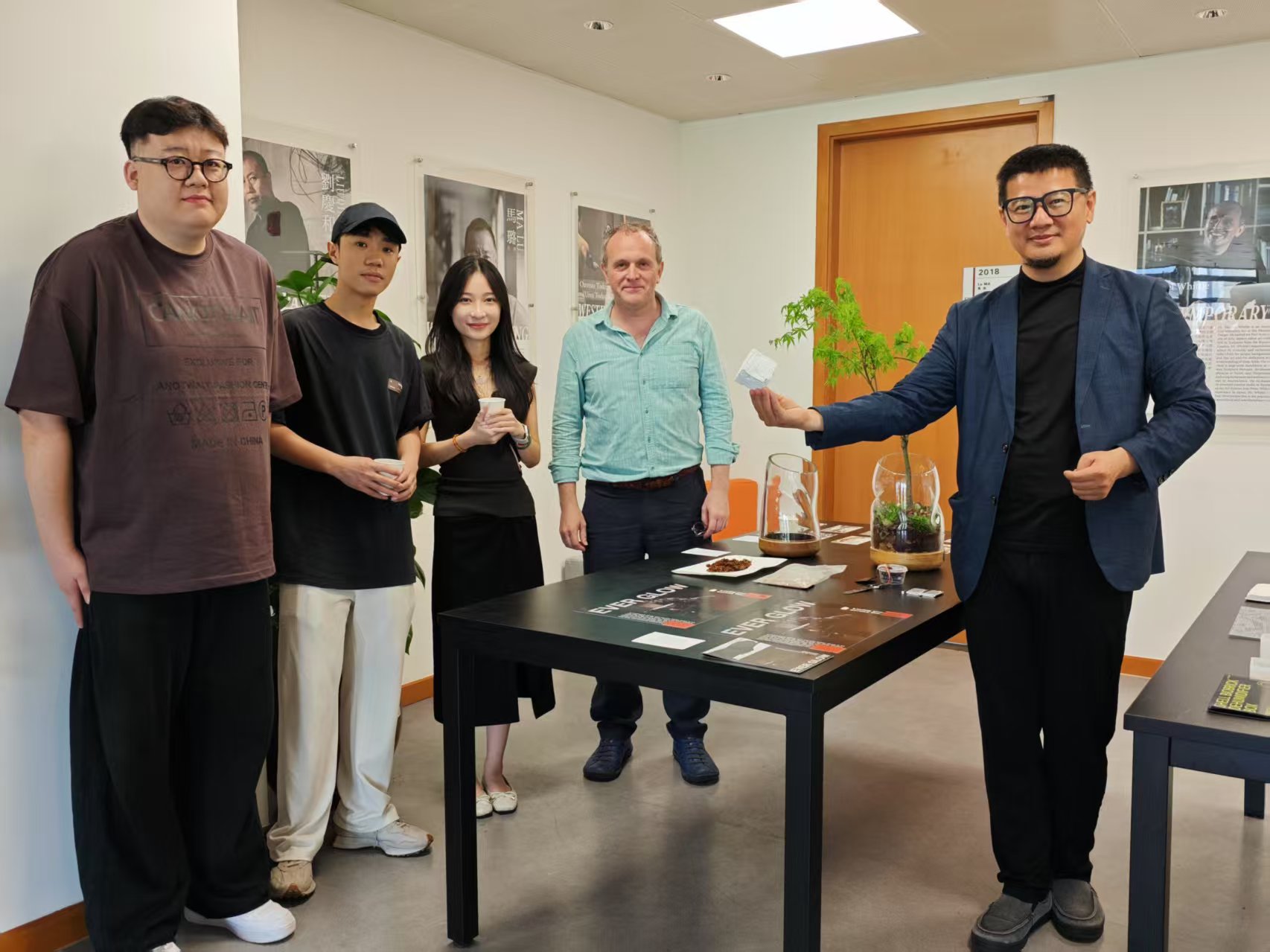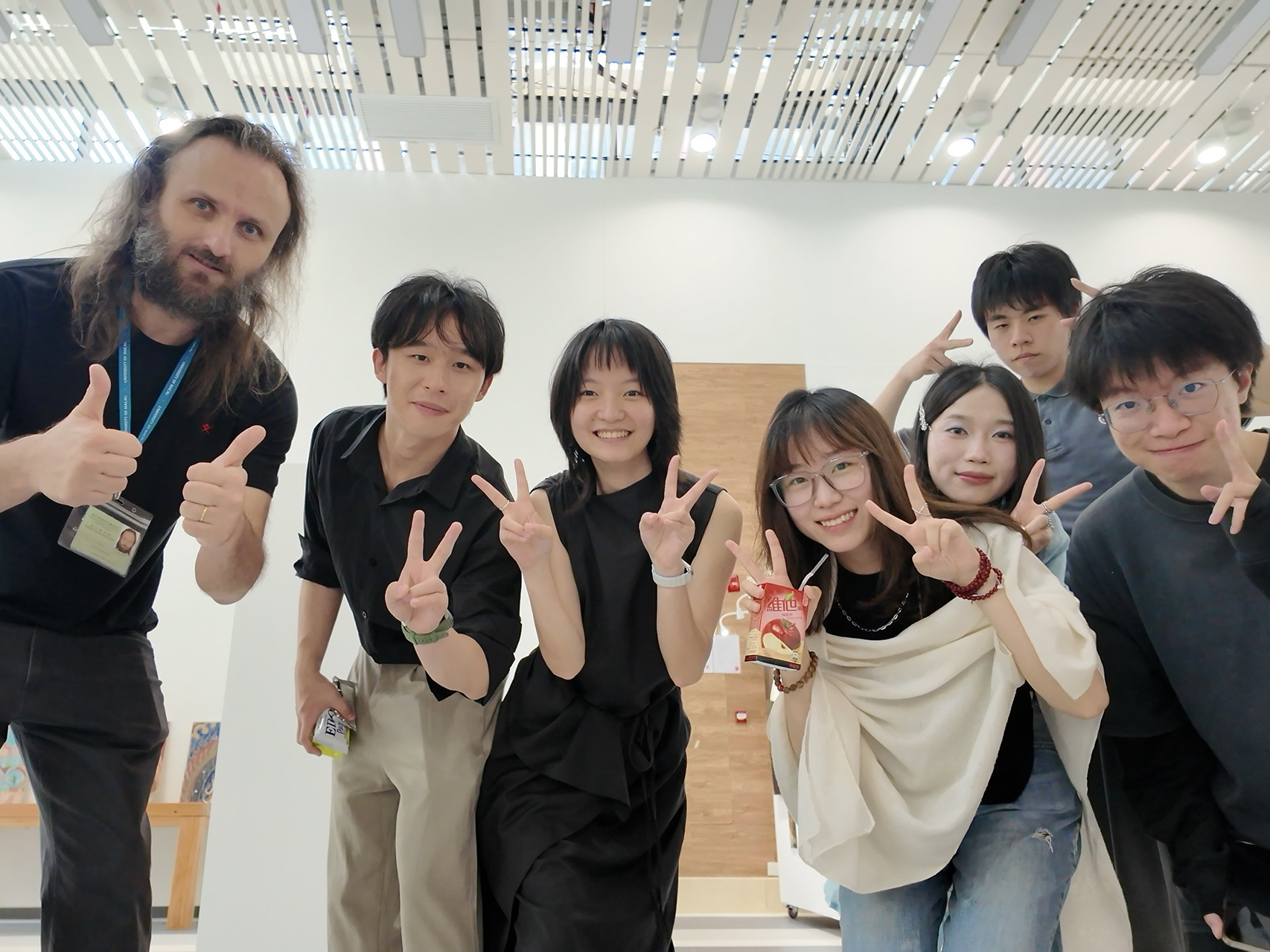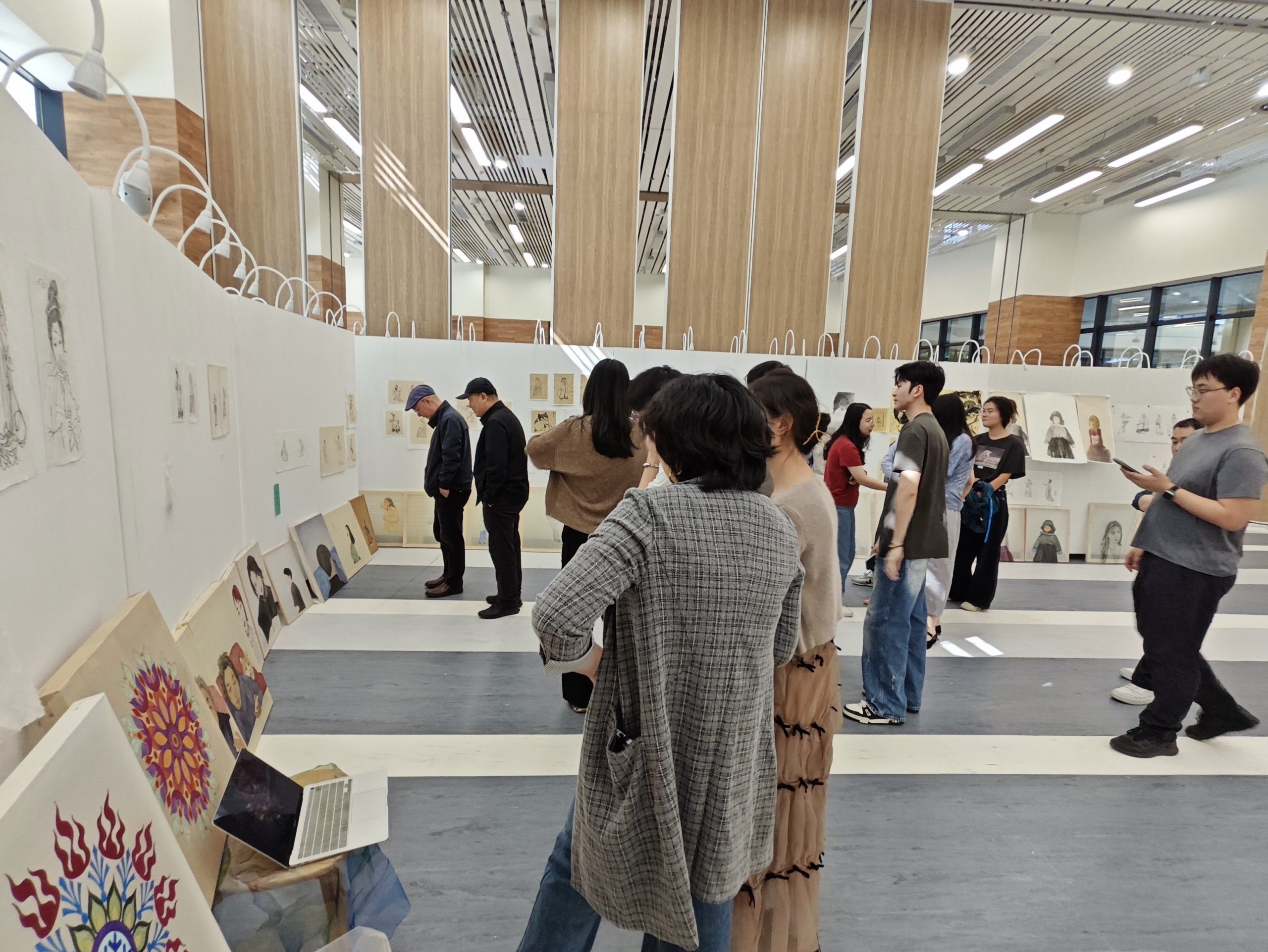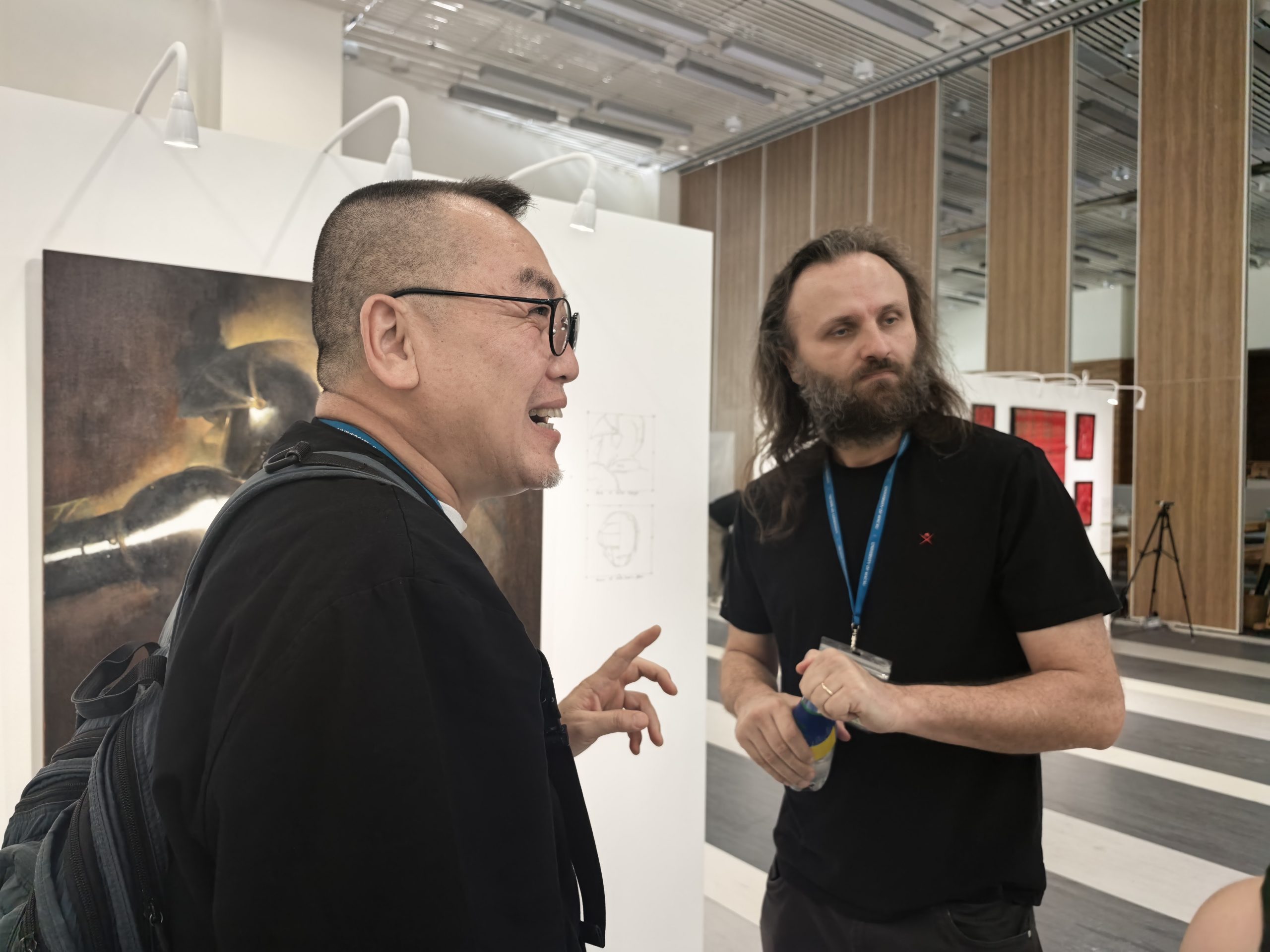In May 2025, the Department of Arts and Design at the University of Macau successfully concluded the second semester of the 2024/2025 academic year. This semester saw students first flourish in a dynamic learning environment, achieving significant milestones in both academic explorations and practical application – a vibrant blossoming of their creative potential.
The curriculum offered a diverse and comprehensive range of courses, spanning art theory, media experimentation, professional creation, and academic writing, providing students with interdisciplinary and multidimensional learning experiences.
For doctoral programs, the course “Art Canon Studies II: Chinese Traditions” taught by Professor Wang Yudong in both English and Mandarin. This course fostered cultural perspectives and critical thinking through the examination of historical construction and contemporary expressions. Complementing this, “Artistic Experiments II: Chinese Media,” taught by Professors Liu Qinghe(Ink Figures)and Zhang Yan(Landscape), guided students in creatively utilizing traditional Chinese materials and mediums within contemporary contexts, unlocking their creative potential.
Master’s programs focused on honing essential skills. “Academic Writing for Arts” taught by Professors Li Jun (Mandarin) and Professor Li Yiqing (English), strengthened students’ academic discourse and research writing abilities. “Art Exhibitions,” taught by Professor Uros Todorovic(English) and Professor Zhou Hongtao(Madarin), explored curatorial practice as a powerful medium for artistic storytelling and audience engagement. Practical training was further enhanced through “Studio and Professional Practice in Digital and New Media I” (Professor Michael Whittle in English) and “Studio and Professional Practice in Western Painting I” (Professor Uros Todorovic in English and Professor Zhou Hongtao in Mandarin), providing platforms for experimentation and the development of individual artistic voices across diverse media and styles.
The Department also offer the interdisciplinary elective “Advanced Special Topics in History,” taught by Professor Wang Yudong(Mandarin) and Professor Li Yiqing(English), broadening students’ humanistic insights and research depth through the examination of historical and cultural heritage.
Throughout the semester, students actively engaged in exhibitions, workshops, and project presentations, translating classroom knowledge into tangible results. Collaborative projects and critical reflections further refined their teamwork and creative problem-solving skills, while interactions beyond the classroom fostered innovation and critical dialogue.
As the semester concludes, students will enter a well-deserved summer break to rest, reflect, and recharge for the next phase of their studies. The Department of Arts and Design remains committed to its educational philosophy of balancing theory and practice, and integrating tradition with innovation, striving to provide students with a diverse and solid platform for academic and creative pursuits.
Finally, we conclude this semester’s journey with a quote from Chair Professor Li Jun, Head of the Department of Arts and Design, as featured in the end-of-semster exhibition preface:
The First Bloom
In 1594, Jesuit missionaries from Europe established the first Western-style university in the Far East—St. Paul’s College—in Macao, on the site of what is now the Ruins of St. Paul’s. The college’s “advanced curriculum” included disciplines such as “Theology,” “Moral Philosophy,” and the “Arts” (Curso de Artes), conferring both master’s and doctoral degrees.
Though the definition of “art” in that era differed from today, St. Paul’s College offered genuine artistic education. The Italian painter Giovanni Nicolao (1560-1624), the first Jesuit artist to arrive in China, created religious paintings in the St. Paul’s while mentoring Chinese painters such as Jacques Niva (1579-1638) and Manuel Pereira Yeou (1575-1633). Wu Li (1632-1718), one of the Six Masters of the early Qing dynasty and a celebrated literati painter, studied at St. Paul’s College in Macao, where he was familiar with and appreciated the charm of Western realistic painting. Indeed, missionaries who pioneered the introduction of Western art to China—including Matteo Ricci, Ferdinand Verbiest, Giuseppe Castiglione, Jean-Denis Attiret, and Michel Benoist—all entered the mainland through Macao.
After centuries of dormancy, Macao’s higher education system revived just over four decades ago.A new chapter began when the government acquired the University of East Asia, transforming it into a public institution renamed the University of Macau in 1991. In 2024, the newly established Department of Arts and Design (DAD) at the University of Macau defined its academic mission: to achieve artistic research and creation that reflects Macao’s unique historical and cultural position in the world, seamlessly blending Eastern and Western traditions, ancient and modern perspectives. That year, DAD welcomed its inaugural cohort of doctoral and master’s students in art.
Today, the learning outcomes of these first-year students’ labor—works infused with the dedication and wisdom of DAD’s professors and the diligence and creativity of their students—are unveiled to the public. Here, whether through the study of classical Western oil techniques, the creation of Chinese ink sketches, experiments with mixed media, explorations of digital and new media, two-dimensional canvases, or spatial installations, these pieces look very different, but seem to be bathed in the same light.
This reminds me of a plant that grows along the Tim Mok River, which flows besides the University of Macau. In spring, blossoms of magenta, azure, blush white, cream, emerald green, and deep purple burst forth simultaneously from the same stem.
This is no miracle, but the dawn of a new reality.
On the soil of Macao and the University of Macau, art is in bloom.
Li Jun, Chair Professor and the Head of Department of Arts and Design, University of Macau
2025.05.06

